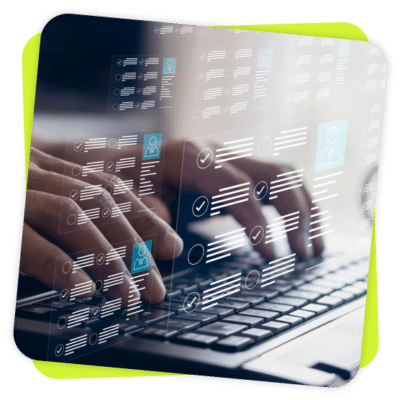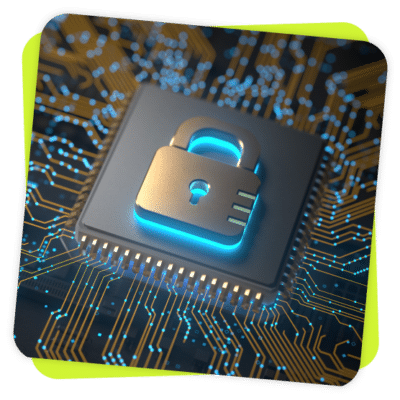Beyond Case Management: How Workflows Can Power Modern HR Service Management
The growing trend of Human Resource Service Management (HRSM) signals a significant—and positive—shift for HR. We’ve come a long way from the days when employees sent an email to a general HR inbox and hoped for the best.
HRSM is a mindset and technology shift that turns HR into a proactive, data-driven service organization. Instead of chasing down requests, HRSM helps you anticipate needs, standardize processes, and deliver a consistent experience across the employee lifecycle.
Many HR teams turn to case management systems to bring HRSM to life. Cases are digital tickets designed to capture and resolve employee questions. And while they bring accountability and structure to HR inquiries, they’re still a glorified email queue.
Here’s the catch: Cases aren’t designed to orchestrate a full experience. For example, they can answer a question about your leave policy, but they can’t guide an employee through the entire parental leave journey, looping in payroll, IT, and managers along the way.
That’s where workflows come in. Workflows turn static requests into dynamic journeys. Together, cases and workflows form a solid foundation for a modern HRSM strategy that resolves issues faster and creates a more seamless employee experience.
In this blog we’ll walk through the challenges with cases alone, how workflows build seamless journeys, and how cases and workflows together provide the best experience.
Where Cases Hit a Wall
Cases function like a ticketing system—logging questions, assigning owners, and providing audit trails. They’re great for documenting issues or one-time requests like “update my address” or “add a dependent.” Once you get into multi-step, multi-stakeholder requests, cases begin to unravel.
Cases are static. They often lead to long chains of back and forth messages, with little visibility into what’s actually happening. And if a policy changes, information inside case management can become stale.
The issue isn’t with cases themselves; it’s with using cases in place of defined workflows. A parental leave request or relocation involves multiple departments, dependencies, and approvals. When these complex processes live in a ticketing system, the result is a flood of follow-ups and open tickets that linger for months.
Meanwhile, managers want more than a ticket number. They want to support their employees throughout the journey, making sure everything happens smoothly. Cases weren’t built for this kind of orchestration.
Workflows: The Engine Behind Great Experiences
Workflows drive the activities within cases forward.
Here’s how it looks in practice: An employee submits a leave request → HR reviews eligibility → payroll is looped in automatically → IT is notified to pause system access → manager receives reminders to check in.
Workflows connect systems, departments, and people in real time to move things along seamlessly. They also provide much needed visibility. HR and managers can see where each process stands and what’s overdue. No chasing. No guessing.
Rival’s AI agent ROSI takes things a step further by allowing employees to ask questions like “When will my first paycheck arrive?” and get instant answers.
Cases + Workflows = Better Together
Both cases and workflows serve a distinct purpose:
- Cases provide structure and documentation. They create audit trails and ensure accountability.
- Workflows provide movement. They orchestrate steps, people, and systems needed to resolve an issue and close the loop.
The most effective approach is having an HRIS like Workday as your system of record and Rival as your system of action, powering the workflows that make HRSM run smoothly behind the scenes. This results in:
- A consistent experience for employees with predefined steps, not a trail of emails
- More visibility for managers in real time, allowing them to step in if needed
- HR insights on bottlenecks and where to improve
- Fewer handoffs, faster resolution, and a lot less chaos
And most importantly, your employees will no longer be wondering, “Who do I ask about this?”

The Future of HRSM: From Tickets to Intelligent Journeys
Take your HRSM strategy to the next level: Move from reactive ticketing to proactive journeys. You’ll be able to anticipate what employees need before they even ask.
And as AI matures, workflows won’t have to be manually configured. They’ll build themselves from your existing policies and documents. Instead of employees searching for where to go, the system will guide them through the right steps and connect them to the right information.
That’s the future Rival is helping realize: Where HR provides a proactive, human experience and can spend less time chasing and more time making an impact.
Ready to see what a connected employee experience looks like? Explore how Rival Workflow can help you move beyond ticketing alone to build automated, personalized journeys that solve issues and make work better.


















